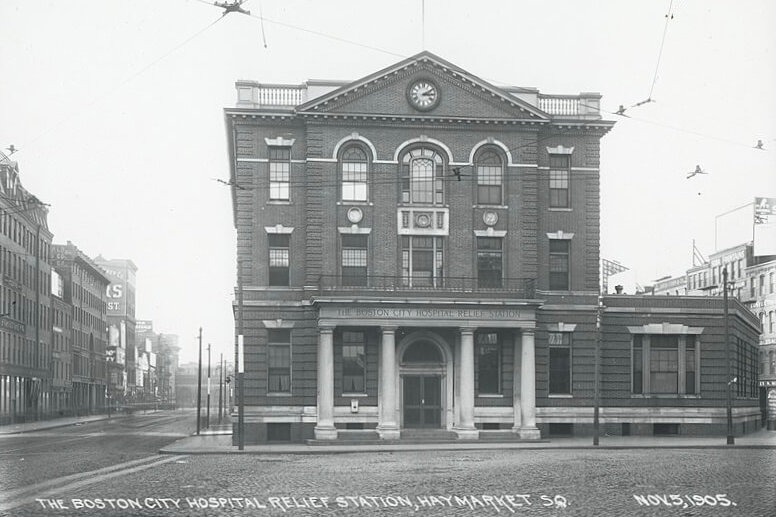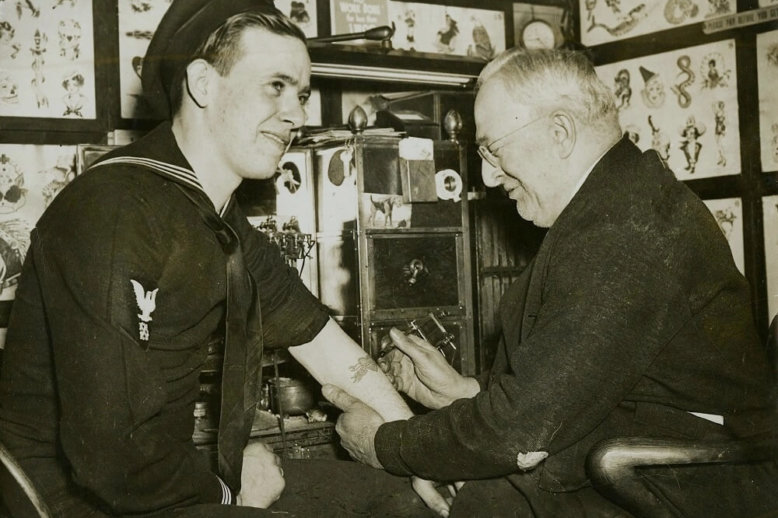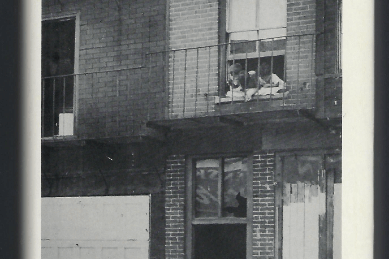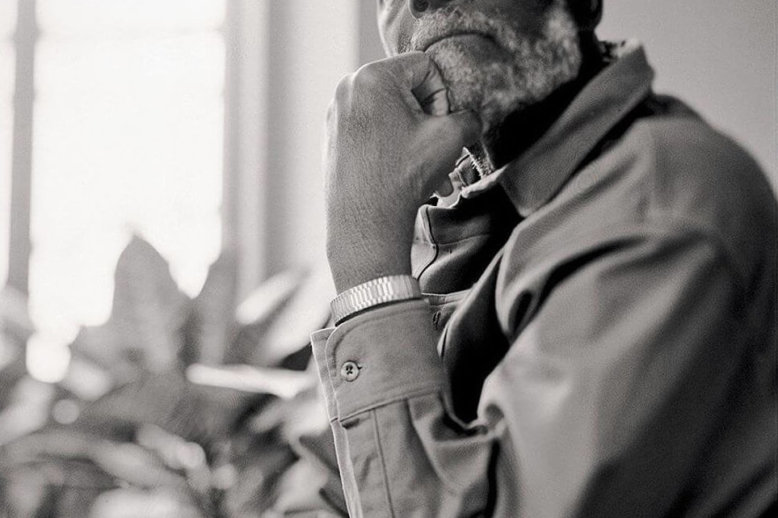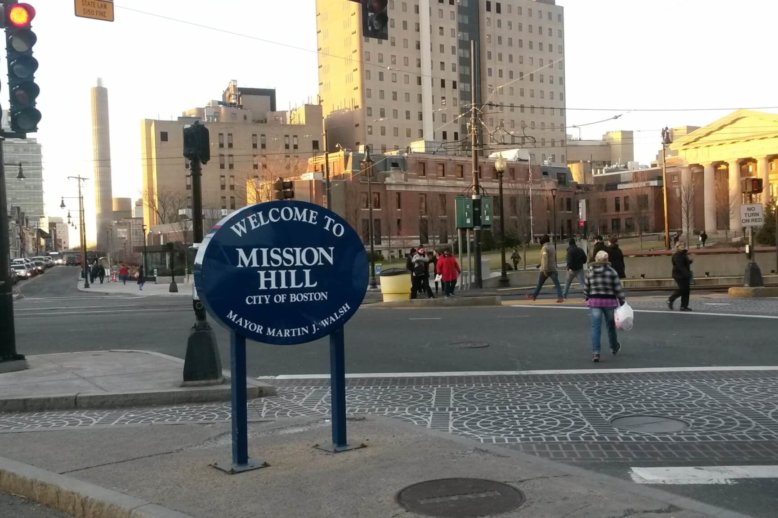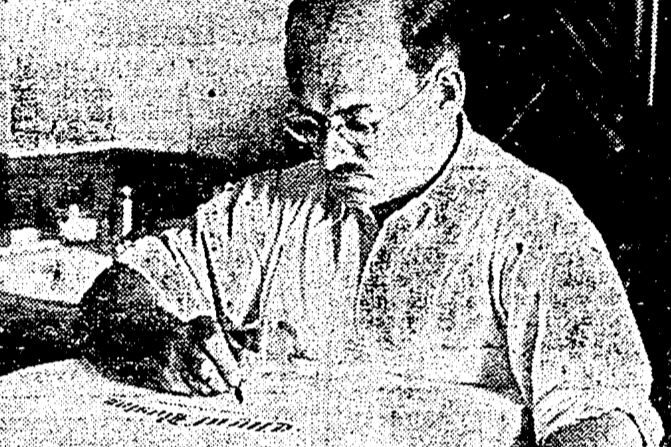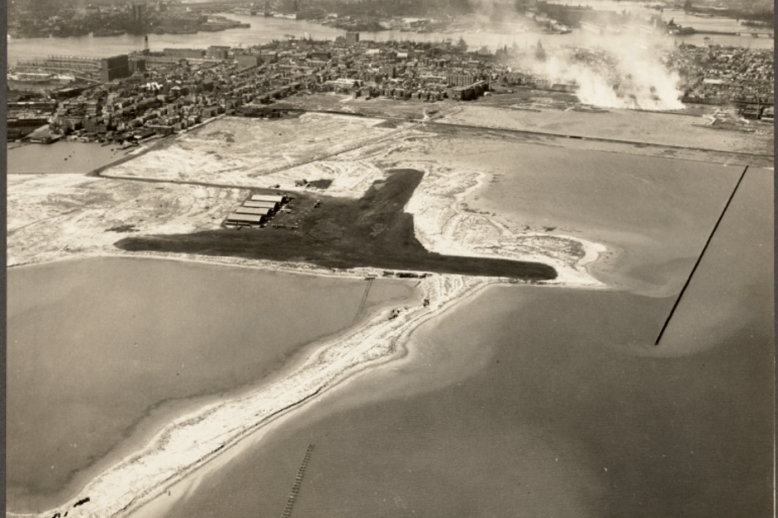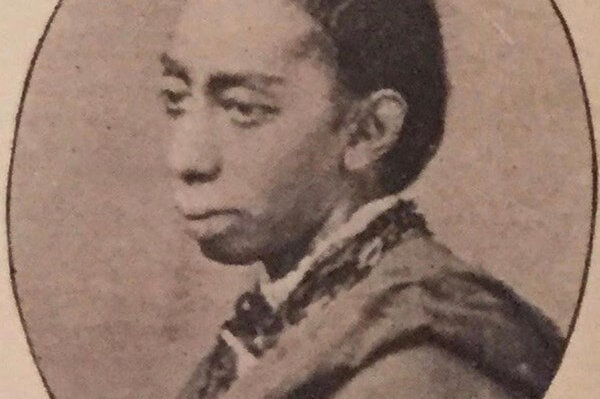The Haymarket Relief Station
In the later half of the 19th century, Boston’s downtown residents required more immediate access to acute medical care as industrialization brought with it additional hazards to safety and health. For over thirty years the Haymarket Relief Station, which sat at the eastern gateway of the West End, filled that gap by providing much needed treatment for acute illnesses and injuries for urban residents.

